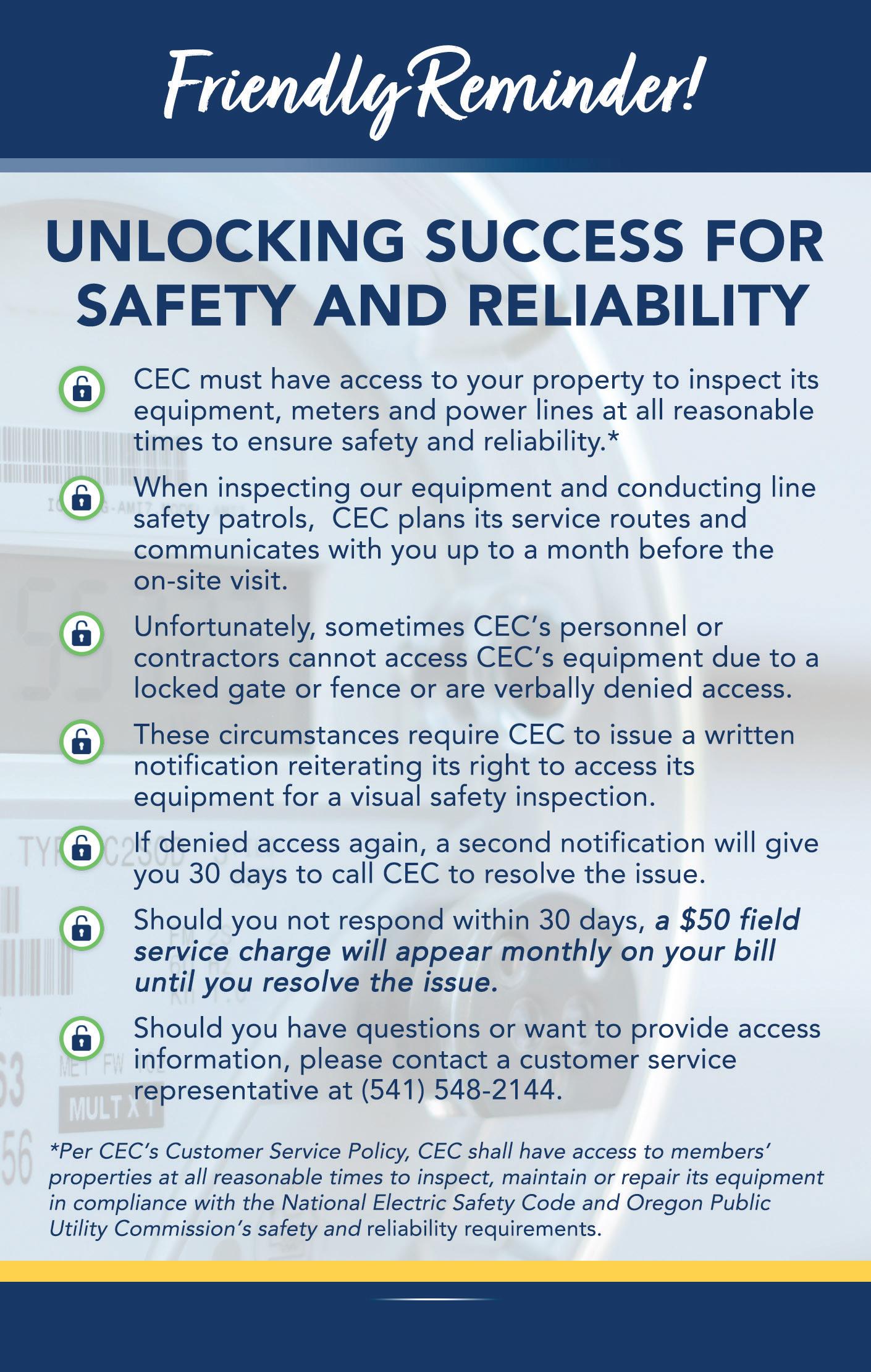Ruralite
CENTRAL ELECTRIC
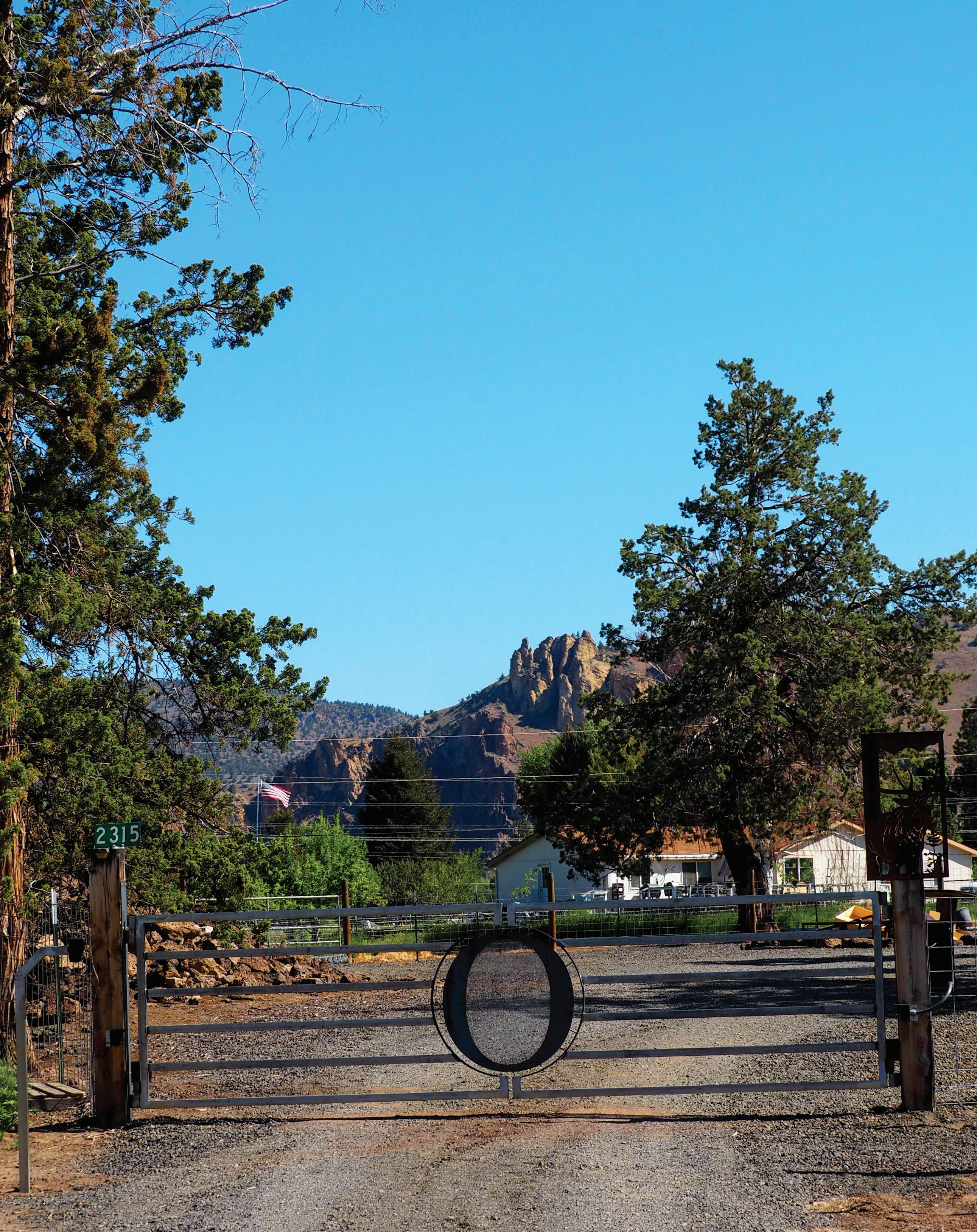
INSIDE >>
Member Access Q&A
Pages 4-5
Is It Time to Go Solar?
Pages 28-29


INSIDE >>
Member Access Q&A
Pages 4-5
Is It Time to Go Solar?
Pages 28-29
July 2024 • Volume 72, No. 7
CEO Michael Shepard
SENIOR VP OF CONTENT Leon Espinoza
EDITORIAL DIRECTOR Mike Teegarden, CCC
DEPUTY EDITORIAL DIRECTOR
Noble Sprayberry
SENIOR EDITOR Jennifer Paton, CCC
ASSISTANT EDITORS Chasity Anderson, CCC; Victoria Hampton, CCC; David Herder, CCC
ASSOCIATE EDITORS
Valeri Pearon, Nina Todea
PUBLICATIONS PRODUCTION SR. MANAGER
Elizabeth Beatty
PUBLICATIONS COORDINATOR
Alyssa McDougle
Ruralite (USPS 397-460) is published monthly for members for $4.83 per year, plus postage, by Pioneer Utility Resources Inc., 5625 NE Elam Young Pkwy. Ste. 100, Hillsboro, OR 97124—a not-for-profit Oregon cooperative corporation—to serve the communication needs of 46 consumer-owned electric utilities in Oregon, Washington, Alaska, Idaho, Nevada and California. Preferred periodical postage paid at Hillsboro, Oregon, 97123 and additional mailing offices. © 2024 Pioneer Utility Resources. All rights reserved. Reproduction in whole or in part without written permission is prohibited.
Postmaster: Send address changes to Ruralite, 5625 NE Elam Young Pkwy. Ste. 100, Hillsboro, OR 97124-6454
HOW TO CONTACT RURALITE
Subscription services:
Nonmember subscriptions $15 (U.S.) per year; $25 per year (foreign). Prepayment required. Allow 4-8 weeks for first issue. Be sure to identify which local edition you want to receive.
Address Changes:
Utility members, contact your local utility. Subscribers, call us at 503-357-2105 option 3 or email mailingdept@pioneer.coop.
Back issues:
Back issues and extra copies $3. Prepayment required. Supply is limited. Be sure to identify edition, month and year. Call first if ordering back issues to check availability.
To contact Ruralite: Ruralite magazine is published by Pioneer Utility Resources.
P.O. Box 1306, North Plains, OR 97133-1306; 503-357-2105; email: info@pioneer.coop. For more information, visit www.pioneer.coop.
DISPLAY ADVERTISING INQUIRIES
American MainStreet Publications 611 S. Congress Ave., Ste. 504 Austin, TX 78704 800-626-1181 or 512-441-5200

For supplemental and interactive content, search @Ruralite on your favorite social media sites.
The heart and heat of summer are here.
Gardens are flourishing, and farmers markets are bursting with fresh produce. Outdoor activities are at their peak. I hope you have found ways to enjoy summer while staying cool.

If travel is part of your summer plans, you are not alone. July is one of the busiest travel months of the year, and if you love to include your pets on your vacations, you must read our story on Page 10 about pet-friendly adventures. We offer suggestions and resources to make your time on the road with your pets safe and fun.
Our Spotlight feature, beginning on Page 12, focuses on Amanda McGahen, who likes to travel fast in small circles. Amanda competes on a roller derby team in Walla Walla, Washington. Her sisterhood of athletes has been part of her healing after the death of two children. Part of her journey includes leading the group’s Care
Committee, which celebrates milestones and supports teammates in need. She is paying forward to help others.
Milkweed Update: For those following along, my latest effort to grow milkweed was shortlived and ended tragically. If you will remember, I first attempted to grow plants from seeds. Attempt No. 2 was a 6-inch store-bought start. After only a few days, something stripped all the leaves from my milkweed, and it died. I’ll try again, though—I’m stubborn. I’m going to look for a larger, more established plant. I may also put netting over the milkweed to protect it. Wish me luck.
Sincerely,
Mike Teegarden Editorial Director


Map out trips with furry friends Up Close, Page 10
Wheels Roller derby family provides structure and support Spotlight, Page 12

To ensure the safety and reliability of Central Electric Cooperative’s electric system—consistent with CEC’s customer service policy and maintaining compliance with Oregon Public Utility Commission requirements—CEC must have access to members’ properties to inspect its equipment, meters and power lines at all reasonable times.
Following are some of the most common questions the cooperative receives on this topic.
Q: Why does CEC need to have access to my property?
• Emergencies. In the event of a fire, crews must have access to shut off the power before firefighters can begin their work. Every second counts.
• Maintenance. Central Electric routinely checks and maintains its infrastructure to ensure equipment hasn’t been damaged and is in good working order.
• Outages. Inaccessible equipment can cause prolonged outages for you and your neighbors.
Q: Why is Central Electric inspecting meters?
A: CEC is required to routinely inspect its electrical infrastructure to ensure the safety and accuracy of its equipment.
Q: Why does CEC need to read my meter? I have Advanced Metering Infrastructure, which communicates the data electronically to the co-op.

A: While the AMI system is exceptionally accurate, a periodic physical inspection confirms the meter’s reading accuracy and provides an opportunity for the field service specialist to check on equipment health..
Q: Why do you need to access my property?
A: Properly maintaining the safety and reliability of its electric system infrastructure requires periodic visual inspections. CEC’s meters are typically on members’ properties, requiring access.
Inaccessible equipment delays work Central Electric Cooperative crews may need to do on members’ properties. UNSPLASH PHOTO BY MATT FORSTER



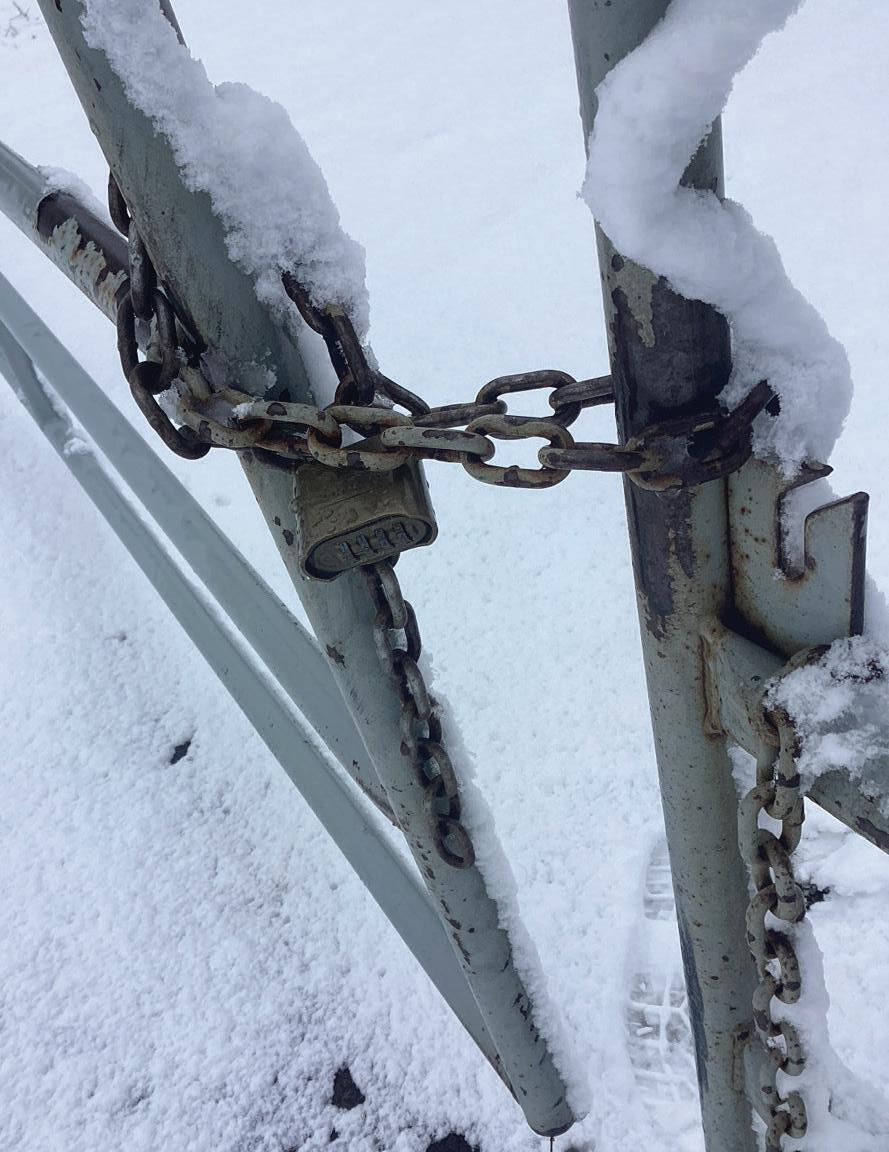
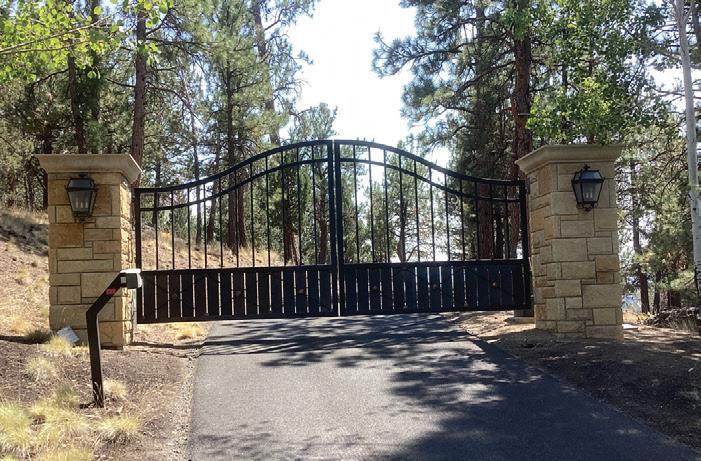



Q: I have a chained, locked gate. Do I have to give you a key?
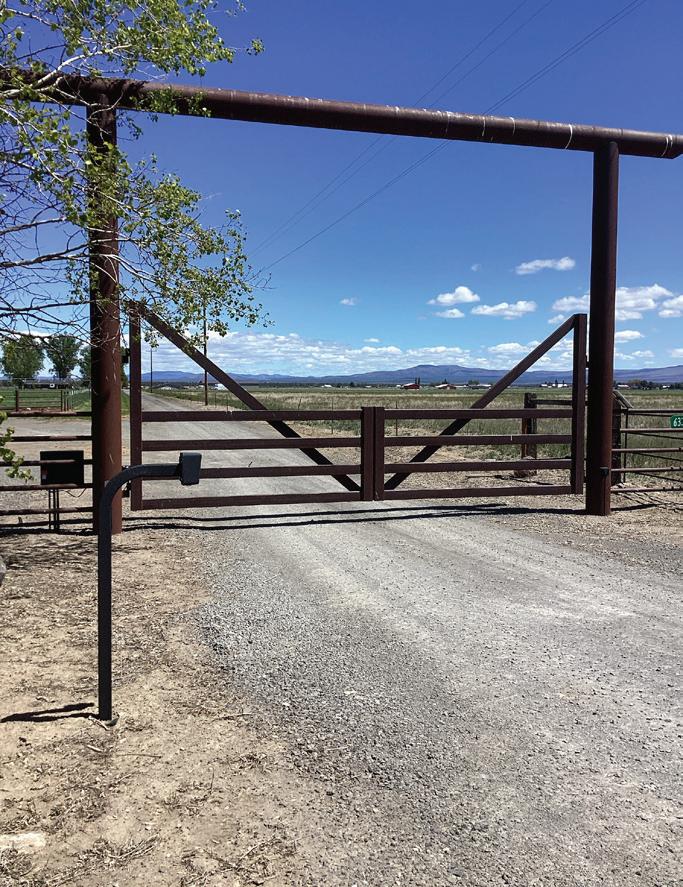

A: No, you do not. However, CEC recommends using a multiple padlock locking device to enable access. CEC can provide and install its lock at no cost to you. To learn more, call a customer service representative at 541-548-2144.
Q: How long do inspections take?
A: A typical inspection only takes a few minutes, depending on the number of meters on-site. CEC personnel check tags and meter numbers and ensure the devices are appropriately secured.
Q: Why do I need to share my gate code?
A: Having the gate code before a visit ensures efficient



use of time by not requiring scheduling a specific date and time, as those appointments often change due to unforeseen circumstances.


If you keep your gate locked at all times, CEC can securely note the code on your account, allowing CEC personnel to access this information on-site. Some systems allow you to set up additional codes for utilities and approved visitors. CEC only uses the code to gain access to its equipment.
Q: Do you notify members before an inspection?
A: CEC strongly encourages members to sign up for SmartHub to receive an email about an upcoming meter inspection approximately one to four weeks in advance. To enroll in SmartHub, visit www.cec.coop or call 541-548-2144. n

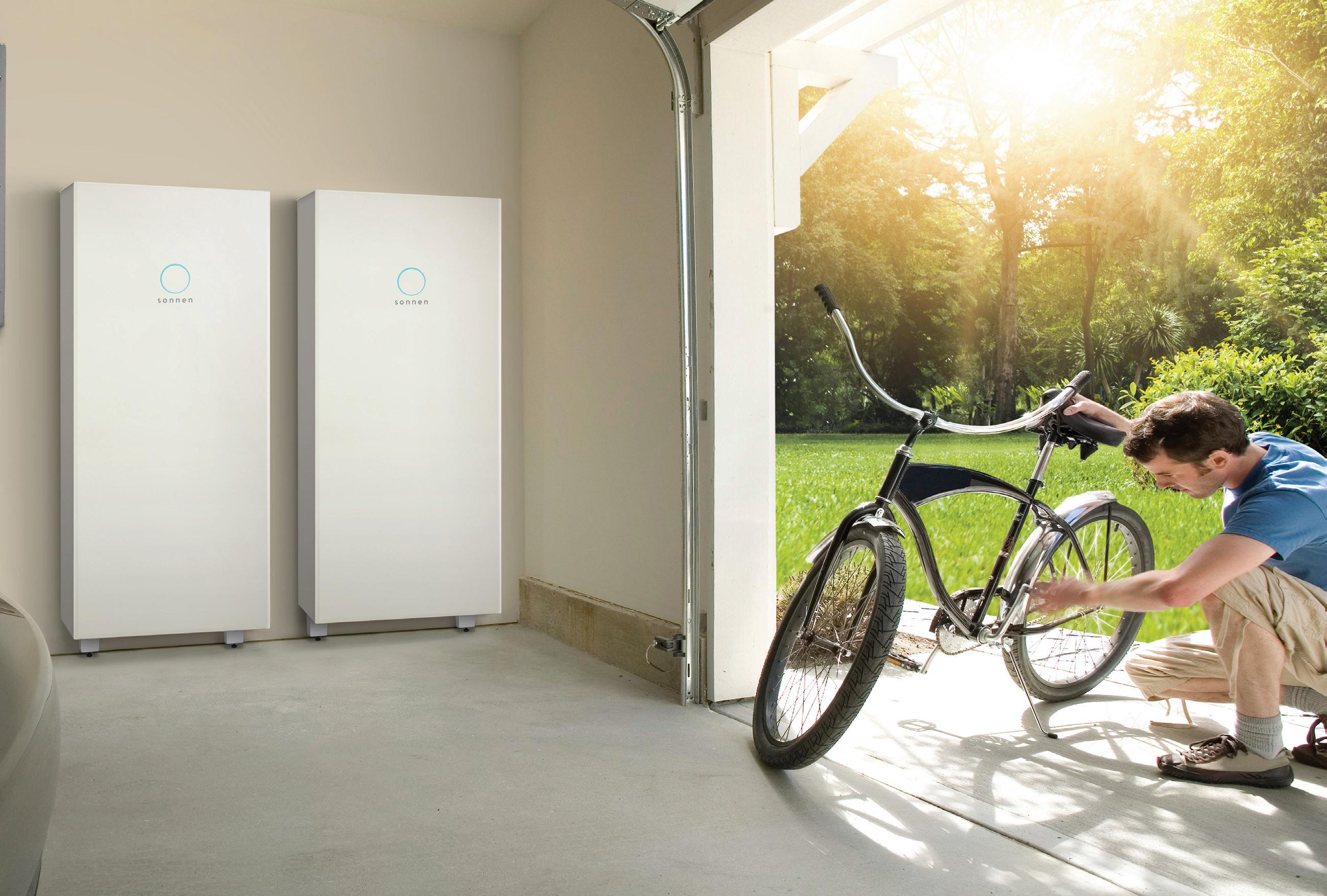
That seamlessness and nimble control is one of the technological advances putting VPPs at a tipping point.
Puget Sound Energy in Washington worked with software provider AutoGrid to launch its first VPP that already has tens of thousands of customers participating as of late last year. The company used the program seven times this past winter to get through peak-demand events.
“What we’re trying to do is this idea of energy orchestration, where we’re working with and for our customers to make sure that we’re maximizing the potential that all these connected devices will bring,” says Aaron August, PSE senior vice president, chief customer and transformation officer.
The utility, which serves more than 1 million electric service consumers, expects to have 30 megawatts of battery capacity by the end of the year and at least 86 MW by the end of 2025.
The utility is focused on adding battery storage to the VPP but Aaron says the vision is to use energy-efficiency practices, distributed energy resources and battery storage systems. The utility also plans to use vehicle-to-grid storage, which enables energy to be pulled back to the power grid from an electric vehicle battery. The utility encourages its consumers to lower or shift their electricity use during daily peak times when energy use is highest and power is most expensive.
“Each one of those assets ... it’s like a musical instrument,” Aaron says. “If you keep adding instruments together, you can
create this orchestra.”
In the San Francisco Bay area, MCE is assembling its own orchestra in Richmond, California. The electric service provider expects to unveil the first house this summer in its inaugural VPP program, which will start with 100 homes and larger commercial and industrial sites, MCE Chief Operating Officer Vicken Kasarjian says.
The program overhauls abandoned homes and sells them at a discount to low-income, first-time homebuyers. The VPP will harness an array of clean-energy technologies in the refurbished homes, including energy storage, smart thermostats, rooftop solar, heat pump water and space heating, and electric vehicle charging.
Participants agree to connect their smart appliances to the grid. MCE will bundle the devices and operate them based on market signals, which, according to MCE, will increase grid reliability, cut consumers’ power bills and reduce emissions.
Other communities have contacted MCE about the program, and it is looking to expand, Vicken says.
VPPs could play a critical role in transforming the energy grid, but that is not a foregone outcome,
Bill says.
“There are a lot of opportunities but a lot of work that needs to be done to get these working on the grid,” he says. n

OnMay 18, 1980, the once-slumbering Mount St. Helens erupted in the Pacific Northwest. It was the most impressive display of nature’s power in North America’s recorded history. But even more impressive is what emerged from the chaos... a spectacular new creation born of ancient minerals named Helenite. Its lush, vivid color and amazing story instantly captured the attention of jewelry connoisseurs worldwide. You can now have four carats of the world’s newest stone for an absolutely unbelievable price.
Known as America’s emerald, Helenite makes it possible to give her a stone that’s brighter and has more fire than any emerald without paying the exorbitant price. In fact, this many carats of an emerald that looks this perfect and glows this green would cost you upwards of $80,000. Your more beautiful and much more affordable option features a perfect teardrop of Helenite set in gold-covered sterling silver suspended from a chain accented with even more verdant Helenite.
Helenite Earrings -a $129 valuewith purchase of Helenite Necklace

Limited Reserves. As one of the largest gemstone dealers in the world, we buy more carats of Helenite than anyone, which lets us give you a great price. However, this much gorgeous green for this price won’t last long. Don’t miss out. Helenite is only found in one section of Washington State, so call today!
Romance guaranteed or your money back. Experience the scintillating beauty of the Helenite Teardrop Necklace for 30 days and if she isn’t completely in love with it send it back for a full refund of the item price. You can even keep the stud earrings as our thank you for giving us a try.
Helenite Teardrop Necklace (4 ¼ ctw) $299* Only $129 +S&P
Helenite Stud Earrings (1 ctw) ....................................... $129 +S&P
Helenite Set (5 ¼ ctw) $428* ...... Call-in price only $129 +S&P (Set includes necklace and stud earrings)
Call now and mention the offer code to receive FREE earrings. 1-800-333-2045
Offer Code HEN472-01
You must use the offer code to get our special price.

Rating of A+ 14101 Southcross Drive W., Ste 155, Dept. HEN472-01, Burnsville, Minnesota 55337 www.stauer.com
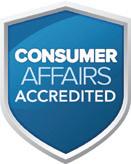
* Special price only for customers using the offer code versus the price on Stauer.com without your offer code.
Limited to the first 1600 orders from this ad only
4 carats of shimmering Helenite

“I love these pieces... it just glowed... so beautiful!” — S.S., Salem, OR

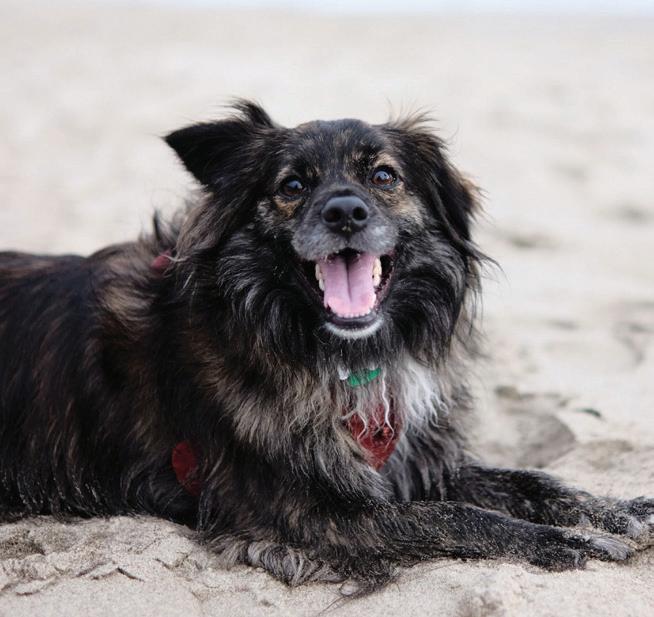

By Kathy Denes
Summer typically means travel, whether it’s scenic road trips or flights to vacation destinations. More than ever before, beloved pets are tagging along for the ride.
If you want to take your four-legged companion on your next vacation, here are some pet-friendly resources to make the most of your trip.
Conde Naste Traveler has an online list of nationwide hotels and Airbnbs it deems best for accommodating pets, especially dogs.
Meanwhile, on travelandleisure.com, search “pets” and you’ll unleash a wealth of helpful articles. Even financial companies are weighing in. NerdWallet compiled a list of Best Hotels for Pets in 2024, based on factors such as fees and amenities, and rated air travel options, topped by Alaska Airlines. If you don’t want to do the research yourself, there are travel agencies that specialize in taking care of the details for you.
Also, hotels, resorts, parks and campgrounds usually post their pet policies, fees and amenities, as do airlines, trains and even cruise lines that allow furry passengers. Many websites are focused entirely on pet-friendly travel. Just browse by city, state or destination at resources such as:
• bringfido.com.
• petswelcome.com.
• tripswithpets.com.



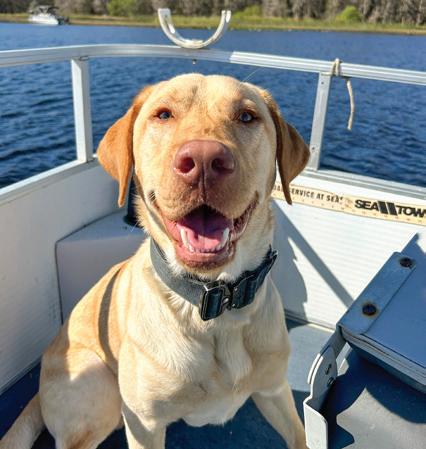
Expert Advice
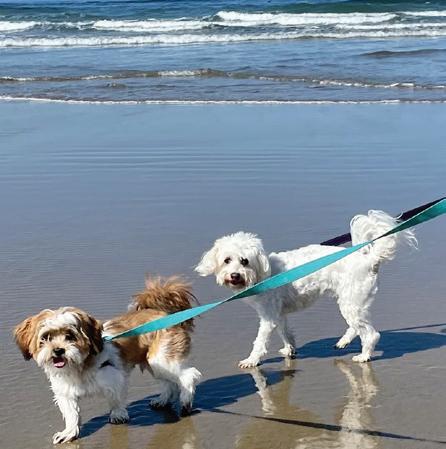

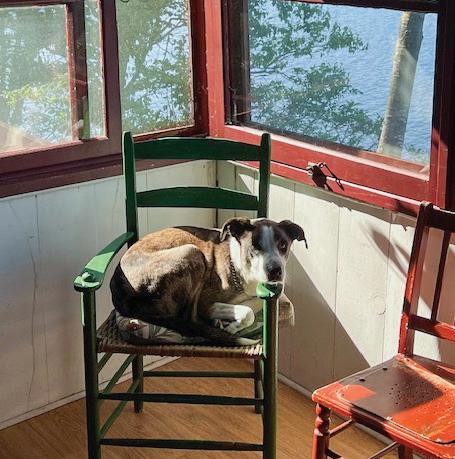



“Before deciding to bring your pet along on a trip, you need to ask yourself whether or not it’s in your pet’s best interest to do so,” says Dr. Rena Carlson, president of the American Veterinary Medical Association.
What’s a fun adventure for you might be an overwhelming experience for your dog.
“If you choose to include your pet, a pre-trip veterinary visit is a good idea to make sure your pet is healthy and up to date on vaccinations and microchip registration, and to obtain a health certificate, which is required by law if you’re traveling to a different state with your pet,” Rena says.
Your veterinarian can also provide vital information about the risk of parasites and other diseases that your pet may be exposed to at your destination, as well as possible preventive steps or treatments.
“Make sure to plan for their comfort in transit, whether by land or air, with regular breaks and by choosing the least stressful travel options,” Rena says. “Confirm in advance that your destinations are pet-friendly, and try to maintain your pet’s routine as much as possible to help them feel secure. Your careful planning can ensure a safe and enjoyable trip for everyone involved.” n

Whether you plan to explore the rugged coast or hike trails through vast mountain forests, the Pacific Northwest offers plenty of options for bringing your pet along. State departments of tourism have resources for trip planning, and many pet owners post blogs sharing their own experiences. Here are a few insights:
X From the riverfront and downtown areas of Spokane, Washington, to the base of Schweitzer Mountain in Sandpoint, Idaho, the Ruby Hospitality family of hotels welcomes dogs—limit of two per room and registration required—for a daily fee of $25 each. The Ruby River Hotel location in Spokane has a dog park, and Spokane River Centennial State Park Trail is nearby. The hotel is also just a 10-minute walk from BARK, A Rescue Pub, where your pet can join in for food and refreshments. The pub partners with the local humane society to help rescue dogs and cats find new families, so you may leave there with more than just a full stomach.
X Less than an hour away, the largest state park in Washington, Mount Spokane, welcomes leashed pets at campsites and on most of its more than 100 miles of trails. As with all state recreation lands, vehicle entry requires the Discover Pass, costing $10 per day or $30 a year. AllTrails reviewers say the most pet-friendly hikes are the challenging 12.6-mile trail to the top of Spokane Mountain and Tripps Knob and Linder Ridge Loop, along with moderate Day Mountain and Mount Kit Carson trails, Shadow Mountain Loop and Trail 121/Trail 122 Loop.
X Alaska, large enough to cover 20% of the continental U.S., has immense vacation potential, but the vast wildness that draws visitors also requires travelers with pets to take extra care. Veterinary health certificates must be shown on entering the state, and most Alaska destinations and activities require that dogs be kept on a short leash—no longer than 6 feet, or 9 feet in a state park.
X The Oregon Coast is doggy heaven, with a vast amount of room for running and sniffing. Lots of shops are pet-friendly, and some even offer water dishes near their entrances. Many restaurants have outdoor dining areas where pets are welcome. A number of hotels that allow pets, just ask about their policy when you make your reservation.
By Vicki Hillhouse
Amanda McGahen’s roller derby journey started in 2023 in a parked car. The night of an open-house-style recruitment meeting for the Walla Walla Sweets Rollergirls, the 42-year-old drove from just across the state line in Milton-Freewater, Oregon, then debated whether to get out from behind the wheel.
“I actually sat in the parking lot and thought, ‘Am I going to go to this all by myself, not knowing anybody?’” she says.
It wasn’t the roller-skating that worried her. As a child in Lebanon, Oregon, she spent weekends at the skating rink, racing girls a couple of years older than her around the wooden floor.
“I skated every chance I could get, and I was fast,” she says. “I felt like I was flying. I felt invincible. I loved skating.”
She wanted that again, and the enticement of a contact sport intrigued her even more.
“I’ve always been interested in sports— boxing, martial arts,” she says. “I like anything that can challenge me, that pushes me harder.”
She’d started home workouts with lunges, squats and cardio.
But there was one condition to joining as she summoned the nerve to enter the orientation with a room full of strangers that night: “I don’t think I can make practices if we have them on Sundays,” Amanda told one of the cocaptains at the end of the session. “Every other practice day works for my schedule but Sundays. My husband has work, and I won’t leave my children with anyone else.”
Like many parents who seek out a new hobby or activity, she looked forward to the dedicated time to focus on herself. But she carried into the space a loss from 11 years before, shaping every decision she makes around the care of her children.



Roller derby is contested by two 15-skater teams. There are two 30-minute periods. Each period includes multiple “jams,” which can last up to 2 minutes or end before that when the lead jammer calls it off.
Teams field one jammer and four blockers per jam. Jammers must navigate through the blockers. The first jammer to pass all skaters in the pack legally is called the “lead jammer.” This happens on the first pass. In subsequent passes, jammers earn 1 point for each opposing player they pass legally. Both jammers can score once they’ve made it through the pack.
Blockers work to prevent the jammers from passing by using their hips, rears and shoulders. Skaters may not block to the back of another skater, or trip or elbow them. Illegal actions are penalized with 30 seconds in the penalty box. During that time, the team plays short.

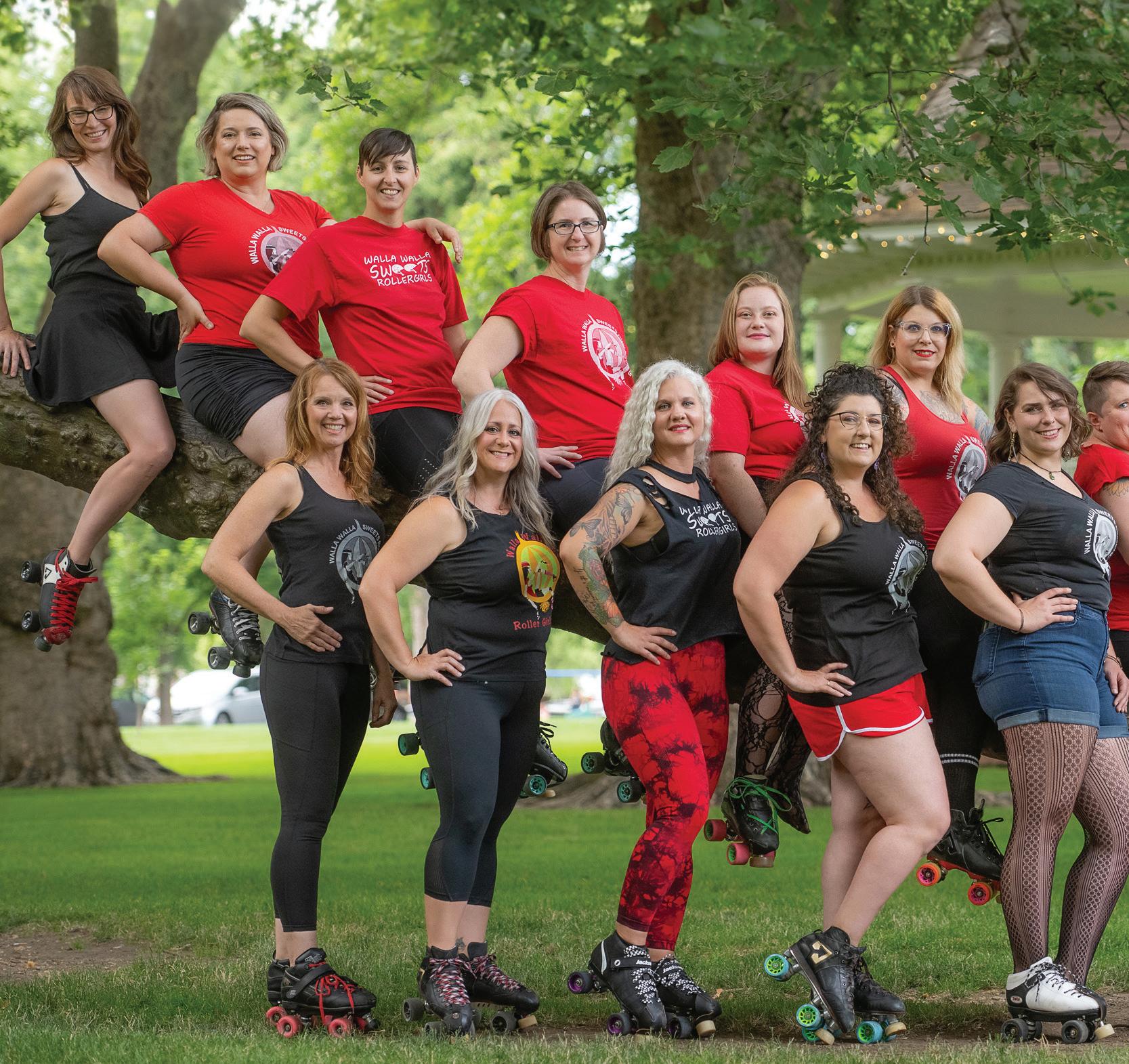
“They were 13½ months old when it happened,” she says of her twin girls, Kylie and Kalise.
Amanda and her husband, Darren, were living in Las Vegas at the time. She had night school and worked the graveyard shift. She left them with a family member. On the twins’ first night away from home, Amanda got the worst call of her life. Kylie had rolled off a bed in her sleep and onto a pile of pillows, lodged between the bed and a wall. She suffocated.
The scene at the hospital was like something from a movie—the frantic pace of doctors, police interviews, she says.
“Walking out of the hospital with only one daughter when you’re supposed to have two—coming home to all these memories and knowing you don’t have one of your kids with you—it was the worst pain imaginable,” she says.
The couple lumbered through the pits of grief with an older son, Evan, single twin, Kalise, and support from their community of loved ones. A happy addition came a couple of years later with
the birth of daughter Aubrey. Eventually, they left the difficult memories of Nevada and returned to Oregon.
In December 2020, they moved to Milton-Freewater. Five months later, Evan died on his 22nd birthday.
“That first year in Milton-Freewater, I had just gone through survival mode,” Amanda says.
Unknowingly, she had more in common than she imagined with other recruits that January evening. On some level, they all were looking at derby to bring something new to their lives, whether it be friendships, intensity or a daring opportunity to do something out of the box. Among them, Amanda found her people: 40-somethings, mothers, competitors and even those who had faced similar losses.
With its fast-paced, eight-wheeled action, focus on empowerment, inclusivity, fun personas and spirited competition, roller derby draws people of every size and background. Many come to the sport in search of something—a

new challenge, a community, a bold disruption—some having no skating experience when they start.
Walla Walla’s roller derby team shot up from the derby revival energy of the early 2000s. The grassroots movement of flat-track derby made skater-operated leagues more accessible in remote areas with no rinks. Started in September 2009, Walla Walla’s amateur team of recreational skaters competes against other Northwest teams. It is fed with new skaters making the roller derby discovery for themselves.
Practices are twice a week, infusing skating skills, endurance training, strategy and game play.
One year after joining, Amanda—“The Camanda”—is on the verge of her first competitive season.
“At the beginning, it was hard,” she says. “I felt like I could do a lot of the things, but there was a lot I had to do more precisely. Now, it’s just getting out of my own head. The rules are all making sense. The more we get out there, the more I understand.”
Practices have become sacred time for her.
“I’m disappointed when I miss,” she says. “There are times when I don’t want to go. Maybe I slept like crap the night before or my body hurts. But I’m always glad that I went. When it gets to the end of the night, I don’t want to leave.”
She’s also excited about her new role as secretary of the nonprofit league’s board and head of its Care Committee. The committee helps as the heart of the team, celebrating skater birthdays and stepping in to organize help for those in need.
“I’m really excited about it,” Amanda says. “When we lost Kylie, friends set up a meal train. We didn’t have to cook for almost two months. I’m hoping I can bring something to the team through the committee. That’s where my heart is. I always want to pay it forward.” n
The sport of roller derby got its start in 1935 when Chicago-based promoter Leo Seltzer first introduced it as an endurance race—capitalizing on the popularity of marathon activities of the era as well as the nation’s love of roller skating. The first Transcontinental Roller Derby pitted 25 couples in a simulated cross-country race on a banked wooden track.
Leo joined with sports reporter Damon Runyon two years later and built a more competitive framework for roller derby. It had physical contact, speed, teams and a new era of drama. As a touring act, it drew throngs of adoring fans. But it truly became a craze in late 1948 when it was first broadcast on television.
Within a few years, consumer fervor for the touring professional sport began fluctuating. In 1958, Leo’s son, Jerry Seltzer, took the reins and renewed derby’s exposure to the masses. He reportedly sent in tapes of the San Francisco Bay Bombers to the local news, which delightfully received it. Eventually, this practice grew so that derby staff members drove game tapes to stations, hitting markets throughout the country, and ultimately creating an early version of syndication.
Venues, including Madison Square Garden, had sell-out crowds, and more than 100 networks broadcast the events every week. By 1973, however, the sport disappeared. Some reports point to the economic recession and the oil crisis as having harmed the operation’s travel, as well as budgets for entertainment.
This marked a 30-year hiatus for the sport.
In 2001, resurgence came from Austin, Texas, along with a new way to operate. The Texas Rollergirls launched the modern-day framework that includes a DIY approach to the sport. With a a flat track that can be laid more easily and affordably with tape, tracks can be available anywhere space is large enough. Ownership changed, too. Rather than one company operating teams, modern derby leagues are financed and operated by the people who skate in them, as well as a community of volunteers—officials, medics, photographers and announcers.
The creation of a governing body came in 2004 with the Women’s Flat Track Derby Association, followed three years later by the Men’s Roller Derby Association. WFTDA sets international standards for rankings, rules and competitions, as well as guidance and resources for the sport.
WFTDA has 435 member leagues spanning six continents, but the sport has even more nonmember leagues that may use WFTDA rules as guidance and compete without rankings on a recreational level.
Salad
1/4 cup slivered almonds
6 to 8 cups mixed butter
lettuce
3 small ripe peaches, sliced
Dressing
11/2 tablespoons white balsamic vinegar
1 tablespoon Dijon mustard
1 tablespoon maple syrup
1/2 red onion, thinly sliced
1/2 cup canned corn, drained
4 ounces soft goat cheese, crumbled
1/4 cup olive oil
1/4 teaspoon kosher salt
Fresh ground black pepper
Place the almonds in a dry skillet over medium heat. Heat, shaking the pan and stirring often with a wooden spoon, until the nuts are fragrant and golden brown, about 4 to 5 minutes. Remove immediately from the heat and transfer to a plate.
To make the dressing: In a small bowl, whisk together the balsamic vinegar, mustard, maple syrup, olive oil, kosher salt and several grinds of fresh ground black pepper until thick and emulsified.
To serve, top the greens with almonds, peaches, red onion, corn and goat cheese. Drizzle with dressing. Serve immediately.
Dressing
1 ripe avocado, pitted and peeled
1/4 cup red wine vinegar
2 tablespoons fresh lime juice
2 tablespoons chopped fresh cilantro
Salad
2 heads romaine lettuce, chopped
15-ounce can black beans, drained and rinsed
11/2 cups grape tomatoes, cut in half
1 orange bell pepper, seeded and chopped
1 cup frozen corn, thawed
1/2 jalapeno, seeded and coarsely chopped
1 clove garlic, coarsely chopped
1/2 teaspoon kosher salt
1/2 teaspoon ground black pepper
1/2 cup olive oil
1 cup shredded pepper jack cheese
4 green onions, sliced
1/2 cup chopped fresh cilantro
1 ripe avocado, peeled, pitted and cubed
1/2 cup crushed tortilla chips or strips
To make the dressing, add the avocado, red wine vinegar, lime juice, cilantro, jalapeno, garlic, salt and pepper to a food processor. Blend or pulse until almost smooth. There should still be bits of cilantro. Add the oil. Blend until incorporated.
To make the salad, add the lettuce, black beans, tomatoes, bell pepper, corn, cheese, green onions, cilantro, avocado and tortilla chips to a large bowl. Drizzle with the dressing, and toss to combine. Serve immediately.
24 ounces baby red potatoes, scrubbed and halved
10 cups water
1 tablespoon plus 1/2 teaspoon kosher salt, divided
4 thick-cut bacon slices, chopped
1/2 cup sour cream
1/2 cup mayonnaise
11/2 tablespoons chopped fresh chives
1 tablespoon chopped fresh flat-leaf parsley
11/2 teaspoons fresh dill
1 teaspoon fresh lemon juice
1/4 teaspoon grated garlic
1/4 teaspoon black pepper
4 ounces mild cheddar cheese, shredded
Place potatoes, water and 1 tablespoon salt in a large pot. Cover pot and bring to a boil over high heat. Uncover pot and reduce heat to medium-high to maintain a moderate boil. Cook, stirring occasionally, until potatoes are fork-tender, about 12 minutes. Drain potatoes. Cool for 20 minutes.
While potatoes boil, cook bacon in a nonstick skillet over medium, stirring often until crisp, about 9 minutes. Remove from heat. Transfer bacon to a paper towel-lined plate. Set aside until ready to use.
In a medium bowl, whisk together sour cream, mayonnaise, chives, parsley, dill, lemon juice, garlic, black pepper and 1/2 teaspoon salt.
Add sour cream mixture, bacon and cheese to cooled potatoes in bowl. Toss to combine. Serve immediately, or cover and store in the refrigerator for up to 12 hours.
1 cucumber, unpeeled, seeded and sliced 1/4-inch thick
1 red bell pepper, large-diced
1 yellow bell pepper, large-diced
1 green bell pepper, large-diced
Vinaigrette
2 cloves garlic, minced
1 teaspoon dried oregano
1/2 teaspoon Dijon mustard
1/4 cup red wine vinegar
1 pint cherry or grape tomatoes, halved 1/2 red onion, sliced in half-rounds
1/2 pound feta cheese, 1/2-inch diced
1/2 cup Kalamata olives, pitted
1 teaspoon kosher salt
1/2 teaspoon freshly ground black pepper
1/2 cup olive oil
Place the cucumber, peppers, tomatoes and red onion in a large bowl.
To make the vinaigrette, whisk together the garlic, oregano, mustard, vinegar, salt and pepper in a small bowl. Still whisking, slowly add the olive oil to make an emulsion. Pour the vinaigrette over the vegetables. Add the feta and olives. Toss lightly. Set aside for 30 minutes to allow the flavors to blend. Serve at room temperature.

Try the world’s most tender steaks, extra-aged 28+ days to perfection. Discover premium quality beef that’s grain-finished for exquisite flavor.
Experience the juiciest air-chilled chicken, tastiest pork, and so much more.












Butcher’s Cut Filet Mignons (5 oz.)
Air-Chilled Boneless Chicken Breasts (4 oz.)
Boneless Pork Chops (5 oz.)
Omaha Steaks Burgers (4 oz.)
Gourmet Jumbo Franks (3 oz.)
Individual Scalloped Potatoes (3.8 oz.)
Caramel Apple Tartlets (4 oz.)
Omaha Steaks Seasoning (3 oz.)
FREE Air-Chilled Boneless Chicken Breasts (4 oz.)
FREE Omaha Steaks Burgers (4 oz.)

See ice reshape the landcape in Alaska at

See the scouring power of nature, the deep greens of forest and the clear blue of glacier ice come together at Glacier Bay National Park and Preserve in Southeastern Alaska. Glacier Bay encompasses 3.3 million acres of fjord, coastline and forest.
Glacier Bay lets visitors see many different environments close together. Mountains and freezing glaciers show harsh, majestic environments and demonstrate how the glaciers can reshape a landscape. Forests grow nearby and are great for hiking. The waters are home to sea otters, porpoises and whales.
When visiting on land, head to Bartlett Cove and the visitor center. The Forest Trail is an easy path that leads to a beach. Consider looking into a tour to explore the bay’s water by boat. Glacier Bay Lodge runs a tour with a a park ranger naturalist on board.
Glacier Bay sits at the collision point of the North American and Pacific crustal plates, which has led to the formation of the bay’s tall, coastal mountains. The summits foster and form glaciers, which in turn carve a rugged landscape. Retreating glaciers have left room for a young temperate rainforest to grow.
The Glacier Bay visitor center is open daily from May to September. To start planning your trip, call 907-6972230 or go online to www.nps.gov/glba.
By Dave LaBelle
As a school-age child, I could hardly wait for the last day of school and the beginning of summer vacation, where freedom, sunshine, time with my dogs, fishing in the creeks, baseball games, watermelons, swimming pools and working with my grandfather on his fishing boat awaited.
As an adult, those carefree summer memories still bring me joy and serve me faithfully in storytelling, whether with words or photographs. In fact, beginning writers, unsure what to write about, are often encouraged to start with their childhood, a treasure chest rich with stories.
While childhood memories are a good source of inspiration for activities, making photographs that capture the essence of summer requires thought.
“Don’t just show me what something looks like,”

Renowned author, photographer and lecturer
Dave LaBelle has captured special moments for more than half a century. For more of his writings, visit davidlabelle.com and bridgesandangels.wordpress.com.

I often admonished my photojournalism students.
“Show me what it feels like.”
That was a common theme in all of my classes, and it remains sound advice for anybody using photography to communicate. If you want to reach people with your photographs, aim high. Those images connect us and make us smile or remember.
Consider what is in the frame when you press the shutter. Being patient and watching for storytelling moments is critical. The act of fishing might not be nearly
as storytelling as the reaction of the angler once the fish is caught.
Conversely, an overall scene of a fisherman in a beautiful stream might best evoke the serenity of the moment. Sometimes the liberal use of negative space—that which is not occupied by people or objects—helps humble us and wrap us in wonder.
Finally, consider the angle from which you photograph. A child’s perspective is different than an adult’s, and subtly helps take us back to those long, carefree summer days. n
See if you can make a photograph that captures the joy or the essence of summer. Reach into your memory bank and consider what you loved most about summers. Chances are the places and activities that brought you joy in the past—lakes, campgrounds, fishing villages or swimming pools—will lead you to where you find the best pictures today.
Email your best image (just one, please) with caption information, including an explanation of how it affects you, to GPH@pur.coop. We may share submissions on our website and social media channels.

By Walt Amacher, Oregon—Tillamook PUD
It is time to share your favorite photos for a chance to appear in our 2025 Ruralite calendar.
Up to 13 winners will be selected and receive $100. Photos must be submitted by July 15, 2024.
The contest is open to recipients of Ruralite and Currents magazines. Each person may only submit up to two photos. Each photo submission must include:
• Photographer’s name, address and electric utility.
• A short description of what is shown.
• Photographer’s email address and phone number.
• Digital JPEG photos only. Photos must be horizontal or landscape format and at least 300 dpi at 11 inches wide by 9 inches tall. Vertical photos and files larger than 30 megabytes will not be accepted. Send submissions to calendar@ruralite.org. Put “2025 Calendar Photo Contest” in the subject line.
• Use the highest resolution setting on your digital camera.
• Photograph beautiful places and wildlife.
• Capture scenes full of vivid color.
• Reflect the seasons.
• Focus on the beauty of your geography.
• Make us feel something (awe, joy).
Visit ruralite.com/2025contest for more information and an FAQ about entering the contest.
Think about the things you loved to do that are dif cult today — going for a walk or just sitting comfortably while reading a book. And remember the last time you got a great night’s sleep? As we get older, health issues or even everyday aches, pains and stress can prevent us from enjoying life.
So what’s keeping you from having a better quality of life? Check all the conditions that apply to you.
Then read on to learn how a Safe Step Walk-In Tub can help.
A Safe Step Walk-In Tub lets you indulge in a warm, relaxing bath that can help relieve life’s aches, pains and worries.











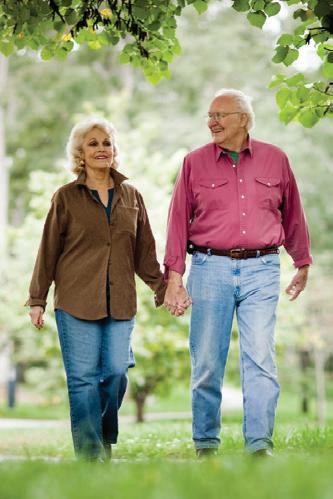
It’s got everything you should look for in a walk-in tub:
• Heated Seat – Providing soothing warmth from start to nish.
• MicroSoothe® Air Therapy System –helps oxygenate and soften skin while offering therapeutic bene ts.
• Pain-relieving therapy – Hydro massage jets target sore muscles and joints.
• Safety features – Low step-in, grab bars and more can help you bathe safely and maintain your independence.
• Free Shower Package – shower while seated or standing.




Reinforced custom-sized pond liners (39 cents/sqft). Hay covers, greenhouse covers, any width and length. Truck tarps and more. High puncture and tear strength. Best price guaranteed. Celebrating 43 years in business. www.btlliners.com. 541-447-0712. 0425
4x5 round bales, meadow foxtail orchard grass. 4x4 timothy, small square. 208-435-4637 or 208-435-4002; nas@cpcinternet.com. 1224
Buying antiques and collectibles: advertising signs, porcelain signs, gas pumps, beer signs, antique toys, cast-iron coin banks, neon signs and more. Jason, 503-310-3321 or tjabaughman@yahoo.com. 0924
WC Collectibles. We buy comic books! Local to the Inland Northwest, willing to travel. WCCollectiblesCheney@gmail.com; 509-496-1835. 0724
Rare 1960 Chevy pickup 4x4. Shortbed. Not running now. Text or call 661-713-3377. Leave message. 0724
Idaho author Tova R. Cladouhos offers children’s books on Amazon or by email at tovarae@gmail.com. These books are perfect for elementary-aged children; factual stories based on friendship, affection, protection and farm animal adventures. Tova loves barns, pastures, dogs, cats, sheep and ponds. Her books include, “The Nine Lives of Milo the Cat,” “Saving Lily,” “Little Molly” and “Little Molly’s Secret.” 0724
Book restoration. Bibles, cookbooks, cherished family heirlooms. Beautiful work. We give renewed life, more durable than original, to last for generations. 775-537-7066; salacanstudio@gmail.com. 0724AR
Business Opportunities
Quaint hardware store in Maupin, OR, for sale. Inventory and interior store recently updated and refreshed. See ad on Bizbuysell.com or email Maupincountrystore@gmail.com. $275K. 0924
Community Events
Exhibits “My Heart” by artist Brenna Kimbro and Arboreality: Poetry Broadsides curated by Nick Neely. Art Center East in La Grande, OR. artcentereast.org. 0724
Ads 25 words or fewer are $35 a month. An extended ad of up to 35 words is $50 a month. Contact information is included in the word count. Phone numbers and emails count as one word.
Longer ads may be placed. Contact 503-357-2105 or info@pioneer.coop for pricing information.
Ads are for customers of member co-ops, public utility districts and municipals only. Subscribers and nonmembers may inquire about pricing at 503-357-2105 or info@pioneer.coop.
Ads must be direct and in first person, and are subject to approval and editing.
Closing deadlines (in our office): September issue—August 1, 2024.
If submitting ad by mail, send appropriate payment with your name, address, email, phone number and the name of the electric utility that provides your magazine to: Marketplace, P.O. Box 1306, North Plains, OR 97133. Make check or money order payable to Ruralite.
We accept credit card payments for ads submitted by email. Send ad to info@pioneer.coop. Call 503-357-2105 to pay by credit card.
Advertisements are accepted in good faith. Pioneer Utility Resources is not liable for interactions between buyers and sellers.
1 set Hitachi-Deere 12-131/2 ton and CAT 215 tracks. 44 links/roll. 24” HD BERCO shoes. New surplus from closure of Tacoma store. FOB, my ranch, Eugene. Ted Brown, 541-556-0517. 0724
Free materials: church, government uniting, suppressing “religious liberty,” enforcing National Sunday Law. Be informed. Need mailing address only. TBS, P.O. Box 374, Ellijay, GA 30540. tbsmads@yahoo.com; 888-211-1715. 0824AR
Help Wanted
The Cape Blanco Heritage Society needs volunteers at the Cape Blanco Lighthouse Greeting Center and Hughes House for summer 2024. Background checks are required. Free RV hookups are available to volunteers. heritage32@frontier.com; 541-332-0521. 0824
Hobbies, Gifts, Games
Selling United States postage stamp collection. Mint plate blocks and sheets dating back to the 1940s. Photo available. Bob, 541-786-6195 or brown.donna50@gmail.com. 1024
Media
Watch Channel 25 (Southern NV)—on the go— for free on your TV, phone, tablet, computer or ROKU. Visit www.kpvm.tv and stream live today. 775-727-9400. 0924
Miscellaneous
Alaskan Yellow Cedar. Great for planter boxes, herb and flower beds, fencing or decks. Various sizes available. Pete, 541-206-0727. Lisa, 541-747-5025, ext. 21. 1224
Granite cemetery markers at affordable prices. Will ship to most places. For more info: www.highdesertmemorials.com; Joe, highdesertmemorials@gmail.com or 541-815-8906. 0824
German shepherd puppies and one male shar-pei puppy left for adoption. 907-803-1005; myakdogs@gmail.com; Akceuropeangermansherpherd.com. 0724
Border collies are the world’s smartest dog breed. Purebred puppies for therapy or service dogs, sports, herding or family companions. Excellent dispositions. Longhaired, various colors. Vet check, first vaccine and deworming. Raised in our home. $800. 541-979-5759; danita@centurylink.net. 0824
According to the Department of Energy, solar energy is the fastest-growing and most affordable source of new electricity in America. DOE also says the cost of going solar decreases every year. But that doesn’t mean it is a viable solution for everyone. Below are some common questions and answers to help you decide if solar power is right for you.
By Jennifer Paton
This is overwhelming. Where do I start?
Start with your electric utility. Its staff can help you understand rate structures, your monthly electric bill costs and the monthly costs you will have after installing solar.
Solar contractors can provide proposals outlining system designs and costs.
Can I expect to see around the same cost for a solar system from any contractor?
“Costs, features and warranties can vary substantially, so get more than one quote on a system,” says Thomas Elzinga, energy services manager at Central Electric Cooperative, based in Redmond, Oregon.
“It’s OK to shop around. You could save thousands of dollars.”
Are there any incentives for installing a solar panel system?
Ask the contractor and your electric utility about incentives, which vary by location.
Do all solar contractors know the various ins and outs of solar programs?
Not necessarily.
“As you talk with contractors, ask if they are familiar with your utility’s solar program and interconnection requirements,” Thomas says. “Confirm what your contractor says with the utility so there are no surprises.
“Make sure the solar company is local. If the system needs maintenance, you can reach out to the company so it can service your system.”
If you choose an out-of-the-area company, getting anyone to perform repairs could be difficult.
How do I know what size system I need?
“Ask your utility what your annual use is to help the contractor determine what size system you need,” Thomas says. “It is in your best interest not to generate more power than you would need in a year.”
Ask your utility if it has a net-metering program and how it works.
What is net metering?
Net metering is a program offered by some utilities. This billing mechanism gives homeowners credit for any extra electricity their systems produce and supply to the power grid.
“Not all utilities offer net metering, and the way the participating utilities calculate and apply credits can differ, too,” says Miranda Boutelle, chief operating officer at Efficiency Services Group, based in Hillsboro, Oregon. “Always directly check with the utility to get details before you agree to installing solar.”
Can a solar panel system go on any roof?
“Depending on the age of your roof, you might consider getting a roof inspection,” Thomas says. “This will give you an idea if your roof needs to be replaced before the panels are installed.”
Homeowners should be aware they could void the warranty on their roofs by adding solar panels.

Do I have to pay upfront for a solar installation?
There are several ways to pay for a solar system and installation. You can pay in full with cash or finance it with a loan. These options allow you to own the system immediately or at the end of the loan term. State and federal tax incentives can help offset the costs.
Installing a solar system through a lease or power purchase agreement is also an option. In this structure, a third party— such as the solar installer—owns the system.
“They install the system on your property, then sell you the energy produced at a predetermined rate,” Miranda says. “They are responsible for maintaining the system and own it at the end of the agreement term.”
Will solar panels keep me from losing power during outages? No. Solar does not keep your home
energized during power outages.
“Solar systems are designed to shut off when your power goes out,” Thomas says. “This is for the safety of utility personnel when they make repairs during outages.”
An exception is if the solar system is paired with a battery or generator backup and a transfer switch is installed. Batteries can sometimes be added after installation. Consult with your solar contractor for details.
Will I save money once panels are installed and they start to generate power?
Many factors contribute to the financial benefit of generating your own electricity: your energy use, the system’s cost, electric rates, and the specific rules and regulations for your state and electric utility.
Regardless of how much power you use, you must still pay facilities charges to your utility. The bottom line is, unless you disconnect from local electric service
completely, you will still have a monthly electric bill.
Will my solar panels be effective year-round?
Solar generation drops during overcast skies and snow events. In many areas, this happens often during the winter.
“If you live in an electrically heated home, this is when you use the most power,” Thomas says.
Who else is involved?
You or your contractor will work with your local building department to receive necessary permitting before installing the system. Once it is installed, you will likely need final inspections from the building department and the electric utility.
Your utility grants permission to operate before energizing your system. Don’t assume your local building department communicates with your electric utility.
“Because the solar installation process involves multiple parties, preapproval and post-inspections, it is important to check with your local utility and building department before committing to a solar installation,” Miranda says.
How can I lower my carbon footprint at home without installing solar?
Using power the most efficient ways you can is the best way to reduce greenhouse emissions at home.
“This can involve everything from better power-using habits—like using cold water for laundry—to making equipment upgrades—like installing a heat pump water heater—in your home,” Thomas says. “You can find great advice and equipment recommendations in this magazine throughout the year and by reaching out to your utility.
“There may even be some incentives from your utility, state or federal government to help you make those upgrades.” n
The readership area of this magazine is vast and beautiful, containing everything from mountains to deserts and lakes to oceans. Some of you have views from your homes that rival the views of national parks.
From time to time, we will share some of the excellent reader photos in this space. If we use your photo here, we will send you your choice of a $25 gift card to REI or Amazon.
To submit your high-resolution photo, email a JPEG file to photos@pioneer.coop. Include “Before You Go” in the subject line. Please share a bit about what inspired you to make your photo. n
Ray DeBaun says that he and his wife like to look for rainbows after rainstorms in Mitchell, Oregon. They found this one in their front yard. PHOTO BY
RAY DEBAUN













































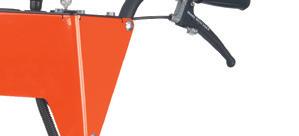



• Up to 2X the power of the competition
• Cut overgrown brush, tall field grass, and saplings up to 3" thick
• Commercial, Electric, Walk- and Tow-Behind models available, including the NEW PRO MAX60T!






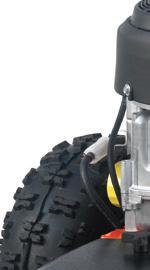




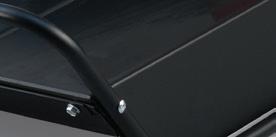




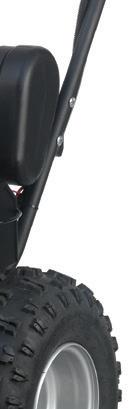



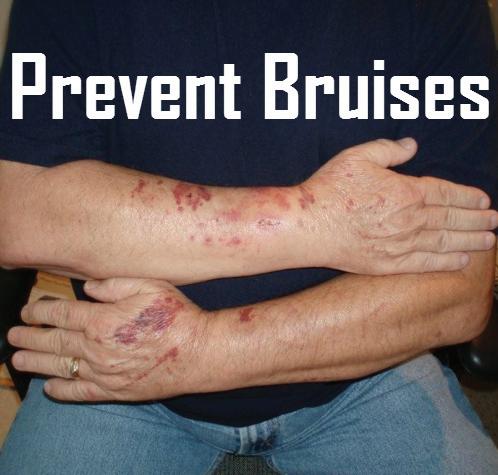












Central Electric Cooperative DIRECTORS
Chairman Kip Light, Madras
Vice Chairman Kelly McFarlane, Powell Butte
Secretary/Treasurer Kenneth H. Miltenberger, Alfalfa
Mark Christie, Sisters
Beverly Clarno, Redmond
Boyd Keeton, Tumalo
Sam McKenzie, Prineville
Dan Steelhammer, Bend
Tom Strand, Terrebonne
Attorney, Thomas M. Grim
Cable Huston LLP, Portland STAFF
President & CEO
Brad Wilson
Vice President of Finance & Accounting
Shane Morgan
Vice President of Operations & Engineering
Kevin Rohde
Vice President of Information Services
Phillip Franklin
Vice President of Member & Public Relations
Brent ten Pas
Vice President of Customer & Energy Services
Ryan Davies
24-HOUR PHONE NUMBERS:
Call 541-548-2144 or toll-free 800-924-8736.
Mission Statement
The aim of Central Electric Co-op is to make electric energy available to its members at the lowest cost consistent with sound economy and good management.
The board meets the third Thursday of each month at the CEC office, 2098 NW Sixth St., Redmond, OR.
www.cec.coop
